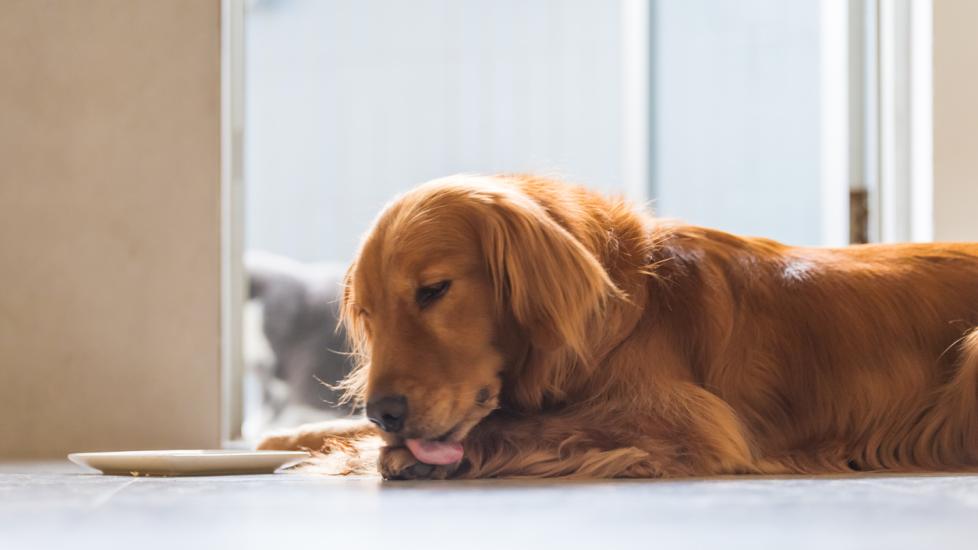Dogs are known for their affectionate nature, often expressing love through licks or grooming themselves with a fervor that can seem excessive to us. However, these behaviors can sometimes be more than just simple habits; they may indicate underlying issues that require attention from pet owners and veterinary professionals alike. Understanding the reasons behind such actions is crucial in providing our furry friends with the best possible care.
The Canine Companion’s World of Licking and Grooming:
Licking, chewing, and self-grooming are natural tendencies in dogs, serving various purposes including social bonding, stress relief, and maintaining hygiene. These behaviors can be comforting due to the release of endorphins during grooming sessions. However, when these activities become obsessive or interfere with daily life, it might signal an emotional or physical problem.
Potential Causes of Excessive Doggy Behaviors:
1. Anxiety and Stress: Dogs experiencing separation anxiety or other forms of stress may lick excessively as a way to cope with feelings of uncertainty or loneliness. This behavior can also manifest as chewing on objects around the house, which provides similar sensory stimulation.
2. Allergies: Skin allergies caused by fleas, environmental factors like pollen or mold spores, or certain foods can lead to intense itching, prompting dogs to overcompensate with vigorous scratching and licking.
3. Boredom and Lack of Exercise: Just like humans, dogs need mental and physical stimulation. Without adequate playtime and exercise, they may develop destructive habits such as excessive grooming or chewing.
4. Medical Conditions: Certain health problems, such as thyroid disease, Cushing’s syndrome, or skin infections, can cause discomfort that drives dogs to lick or chew excessively in an attempt to soothe irritated areas.
5. Genetics and Learned Behavior: Some breeds have a higher tendency towards these behaviors due to genetic predispositions, while others may learn them from previous experiences or lack of proper training.
Addressing the Issue:
If you notice your dog exhibiting extreme levels of licking, chewing, or grooming, consult with your veterinarian first to rule out any medical causes. Once cleared medically, behavioral specialists can help address the issue through positive reinforcement techniques, obedience training, and environmental enrichment strategies. Additionally, ensuring your dog receives plenty of quality time and regular walks will contribute to overall well-being and reduce unwanted behaviors.
Conclusion:
By recognizing the potential triggers of excessive licking, chewing, and grooming in dogs, we can provide them with the necessary support and treatment to maintain their happiness and health. It is essential to remain vigilant about changes in your dog’s behavior and take prompt action whenever concerns arise. After all, our pets rely heavily on us to understand their needs and respond accordingly.
